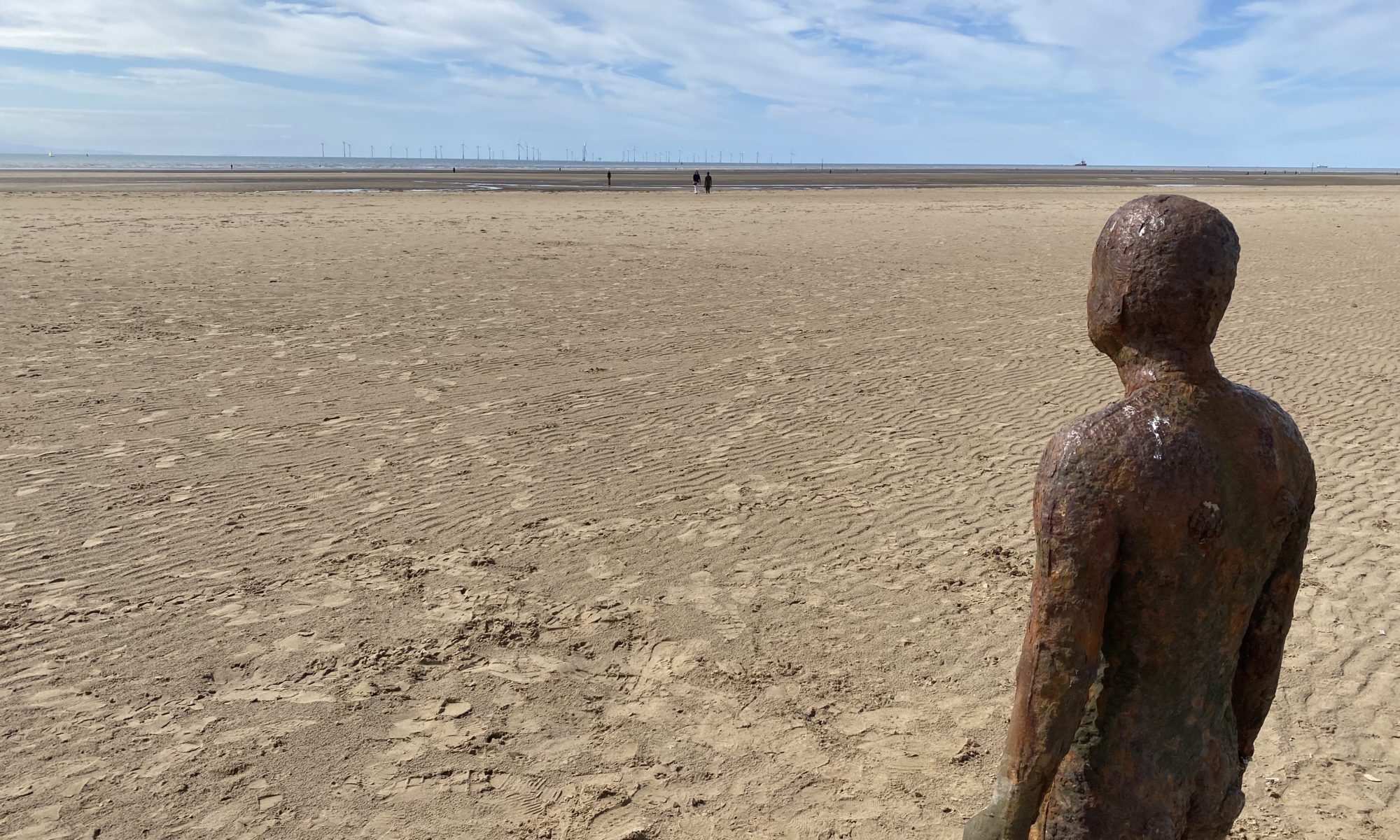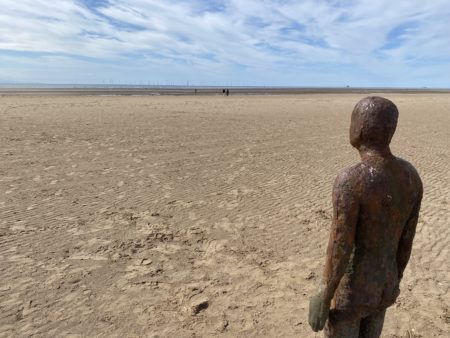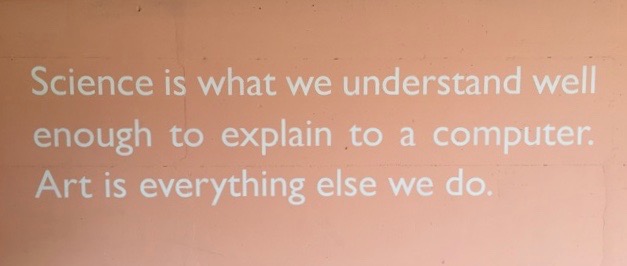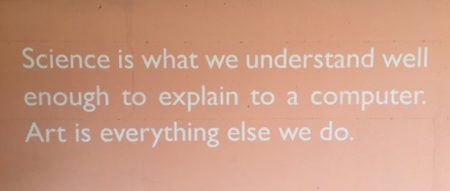In the last two to three years multinational companies have been launching detailed costed roadmaps tackling some of the biggest challenges facing society – climate, plastics, regenerative agriculture… The investments are significant, typically running to several Billion Euros/US$/CHF over a four-to-five-year period. However, we have yet to see the game changing roadmaps and public commitments to tackle inequality and human rights. This is especially important in the sourcing of agricultural raw materials from small-holder farmers.
There are some indications that attention to inequality is shortly due for a major upgrade. The World Business Council for Sustainable Development is gingerly working out business solutions to cut through an economic system that has institutionalised inequality. Corporate reporting standards setters are focussing on societal inequalities and others are co-creating a Task Force on Inequality Related Financial Disclosure. Within the cocoa sector, Nestlé recently announced its new human rights framework and roadmap. It promised action plans on its salient issues, including living income.
How things play out in cocoa will be an interesting test case of how seriously a new focus on inequality will be. The last few years has seen the focus in the cocoa industry on child labour and then recently deforestation. Yet underlying these issues, and driving them is the real issue: poverty. The sooner we have an open debate on the pathway of consequences the better: address poverty and progress will be much easier on child labour and deforestation.
Inequality in Cocoa Value Chains
Farmer incomes depend upon cocoa prices which in the last ten years have varied widely but shown no real trend. Livelihoods are desperate for the majority of smallholder cocoa farmers. Yet further along the value chain, executive pay is set at levels that provide a more than adequate guarantee for a comfortable life. For investors, dividends paid by major companies have risen over the same period. Not only are the rewards not delivered equally, neither is the risk.
Traders, manufacturers and retailers that profit from cocoa mostly have boiler plate statements on inequality that hint at a desire to fix the situation. Big companies have their own branded programme to support cocoa farmers, many of which run over a 10 year period. Cocoa Life, Cocoa Plan and Cocoa for Generations all demonstrate a lot of individual and collaborative actions, typically including money spent upon addressing child labour, building traceability and accountability (through eg certification programmes), increasing cocoa productivity, supporting communities, addressing deforestation, and paying voluntary premiums.
The annual amounts invested typically account for about 0.5% of turnover, ie not much. To put them in further perspective, the pay of the CEO and management teams of the major cocoa manufacturing companies is the same (or higher) than the total investments made to support cocoa farmers. Yet whilst there is an ongoing question on the adequacy of the of the funding compared to the scale and urgency of the task, the focus of that funding is also now in the spotlight.
For the last decade these initiatives have focussed on solving inequality through actions on productivity, costs, quality, sustainability premiums and one-off projects in communities. Some academic work by Wageningen University (WUR) and Mondelēz has helpfully synthesised the latest research findings. Yet as Nico Roozen has comprehensively laid bare, industry and academia seem stuck with an out-of-date framing.
It seems that these old-style sustainability interventions have been superb at guaranteeing future supplies for factories whilst keeping prices low. The unintended consequence has been the perpetuation of the main challenge that farmers face: poverty.
The problems of the current corporate approach seem to boil down to four things:
- A faith in productivity increases
- A failure to take into account system constraints and context
- A focus on deflecting discussions on prices
- A fixation with an inappropriate income threshold
The research by WUR/Mondelēz importantly concludes that structural changes in the industry are indeed needed. But it does not interrogate enough the other areas. So what would a new framing look like? How should a new generation of corporate approaches to cocoa and inequality be built?
Farmers, not Cocoa Farmers
Living income has been promoted for some time as the best chance to address poverty. And whilst companies proclaim support for the concept, living income has always been seen as a Trojan Horse for a discussion on price. Companies use a counter argument that the only levers that they have available to raise incomes are productivity, costs, quality and voluntary premiums. They have largely decided to put their faith in productivity.
The opportunity to increase productivity of west African cocoa farmers by a factor of two or four sounds fantastic for the casual reader, and the farmer. Yet concentrating upon productivity locks farmers into a negative supply-demand feedback loop. Unless there is a corresponding doubling or quadrupling of demand it generates an oversupply of cocoa and keeps a lid on prices.
The WUR research has provided the evidence for what has long been understood – that growing cocoa alone, however successfully, is not a route out of poverty for many farmers. For those farmers with small land areas, lack of ability to make the necessary investments, or lack of interest to develop their farm into an ‘agribusiness’, alternative development routes and crops should be the focus.
In parallel, macro-economic approaches to manage global cocoa supply and demand will also be necessary, as will Governmental approaches and interventions on land ownership and rural development.
The new framing therefore needs to put farmers, their community and national food and nutrition security first. Rather than seeing farmers who grow cocoa as ‘cocoa farmers’, they should be seen as farmers.
This needs to be seen in the context of a huge necessity and opportunity. Most countries in Africa import basic foodstuffs and wish to increase their availability of nutritious food. Development banks have significant funding programmes designed to build food and nutrition security. Targeted programmes such as the GAFSP, run by the World Bank, distribute funds to improve the resilience of smallholder farmers and improve local food availability, as well as investing in the value chains, storage facilities and routes to market to serve urban markets. Typical programmes run for five years or more and require investments of several hundred US$ per household.
To be clear, this is not just a task for the cocoa sector to lead. It needs leadership by national governments through their agriculture, economy and health departments, and carried out in partnership with communities. But it needs to be supported by the cocoa sector. Cocoa companies can play their part through a segmentation of farmers, targeting their support programmes and redesigning their commercial relationships based upon that segmentation.
Futures Contracts: Or Contracts that have a Future?
Whilst companies like to focus upon productivity, civil society and governments focus upon price. The question is what price? Cocoa prices today are determined by ‘the market’ – as reflected in futures contracts. Futures contracts reduce business risk by providing certainty of prices for manufacturers and retailers. But this transfers that risk and volatility onto the farmer and hinders the same companies own farmer support programmes. As the WUR paper indicates, futures contracts and commodity markets do not care about human rights or environmental degradation. They break the connection between the practices on the ground and the consumer, destroying any attempt by the market to adequately fund measures to address externalities such as child labour or deforestation.
So, if prices have little relation to the costs of production, the costs of doing the right thing, or the costs of delivering a decent livelihood for farmers, what’s to be done? It’s hard to escape the logic of Fairtrade’s model – a guaranteed floor price and a premium which at least puts some boundaries upon a pure market-based approach. Companies have by and large rejected these limited strictures, preferring their own voluntary approach, through which they are typical paying premia of 2-3% of the cocoa price. That is: not much.
The major manufacturing companies are all committed to source 100% of their cocoa directly from their own programmes by 2025. However, none have so far discussed how they expect to determine the mechanism by which they will set prices. In due course, regulations may force due diligence and the costs of externalities into futures contracts. Alternatively, technology may allow social and environmental externalities to be embedded into a differentiated commodity grade.
But in the absence of these developments, for companies to be credible in addressing inequality and issues such as child labour, they will need to explicitly address pricing. This may involve reducing their dependency upon commodity futures contracts for both purchases and for setting the baseline price; speeding up buying more directly from farmers producer organisations; and finding a mechanism to address actual farmer costs and externalities. Potentially, companies could adopt the same approach they use for critical raw material ingredients – a cost-plus contract-growing approach that ensures a fair return for the farmer where externalities are adequately accounted for.
Thresholds of Decency
It speaks volumes that cocoa companies and academics are still using the extreme poverty line as the baseline to talk about inequality. It gets worse – even living income is defined as what a family needs to get by on. The ambition needs to be beyond ‘getting by’. Just as executives in companies and asset managers have come to expect a decent salary and bonus, so should cocoa farmers.
The World Bank is now trying to distance itself from the extreme poverty line (US$1.90/day), using two new poverty baselines of $3.20 and $5.50 per day. The ambition of the cocoa sector should go beyond thresholds of ‘poverty’ and aspire to creating ‘decent’ lives, which suggests a daily figure closer to US$10. Clearly, paying (typically) premia equivalent to $0.20 per day is not in any way a serious attempt to address farmer incomes. Neither are ‘proud’ claims of supporting the LID of US$400/T – equivalent to about US$1/day for most farmers. Rather than premia being seen as a ‘top up’ they need to be seen more like a universal basic income. Payments for cocoa production are then ‘on top’. Not unlike the (virtually guaranteed) bonuses on top of the guaranteed salaries enjoyed by those employed by companies.
A word on carbon markets. These are seen by some as an opportunity for cocoa farmers. They are, but not at the expense of making the economics of cocoa cultivation stand on its own two feet. Carbon payments (for soil carbon or trees standing) need to be seen as a one-off bonus for farmers. A windfall, over and above what cocoa cultivation can pay them. They deserve an upside for once.
Such changes indicate a cocoa sector that needs to recognise the need to work on a ‘just transition’. This is unlikely to be a win-win. Reducing risks for farmers will not be without its costs for companies. But this is coming anyway: the transition risks associated with addressing or not addressing livelihoods are building. The continued industry focus on productivity and narrative on prices is increasingly looking like diversionary tactics to avoid taking those hard decisions.
The Next Wave of Corporate Commitments
So back to corporate programmes on human rights, inequality and cocoa. If the ambition of a new round of human rights action plans mirrors that on climate and regenerative agriculture, then a significant corner could be turned.
The typical 0.5% of turnover per annum spent on cocoa programmes will need to increase to somewhere in the order of 5%. Possibly more. The cocoa programmes of the future will fund a universal basic income for cocoa farmers, contribute to farm & food diversification, as well as renewed efforts on tackling child labour, deforestation etc.
How to pay for that? Well that’s for the company management to think through. Margins on cocoa manufacturing are in the range of 10-17% and clearly offer some room for a downward reset. As does pricing. The price range of the same or equivalent products in my local shops is 10-20%. So much for ‘price points’. Right now (January 2022), with inflationary pressures in the economy and food value chains, it’s an ideal moment to increase consumer prices to adequately fund new programmes.
This will of course present challenges for companies: corporate cocoa agronomists will need new skills to help farming communities and producer organisations grow new crops and access new markets; finance teams will need to ensure that the annual accounts can reflect the restructuring and investment that’s needed; marketing departments will need to consider how to move chocolate more up-market; and investor relations teams will need to provide investor guidance on these value enhancement/risk mitigation measures.
Above all, companies will need to evolve their reporting away from input activities (eg number of farmers trained, number of trees planted) and rather discuss and report upon outcomes and impacts. Particularly, the numbers of farming households in cocoa areas that have a decent standard of living, how they have remedied poverty and inequality in communities they are sourcing from, and the contribution they have made to solving the system level challenges holding back cocoa growing communities.














